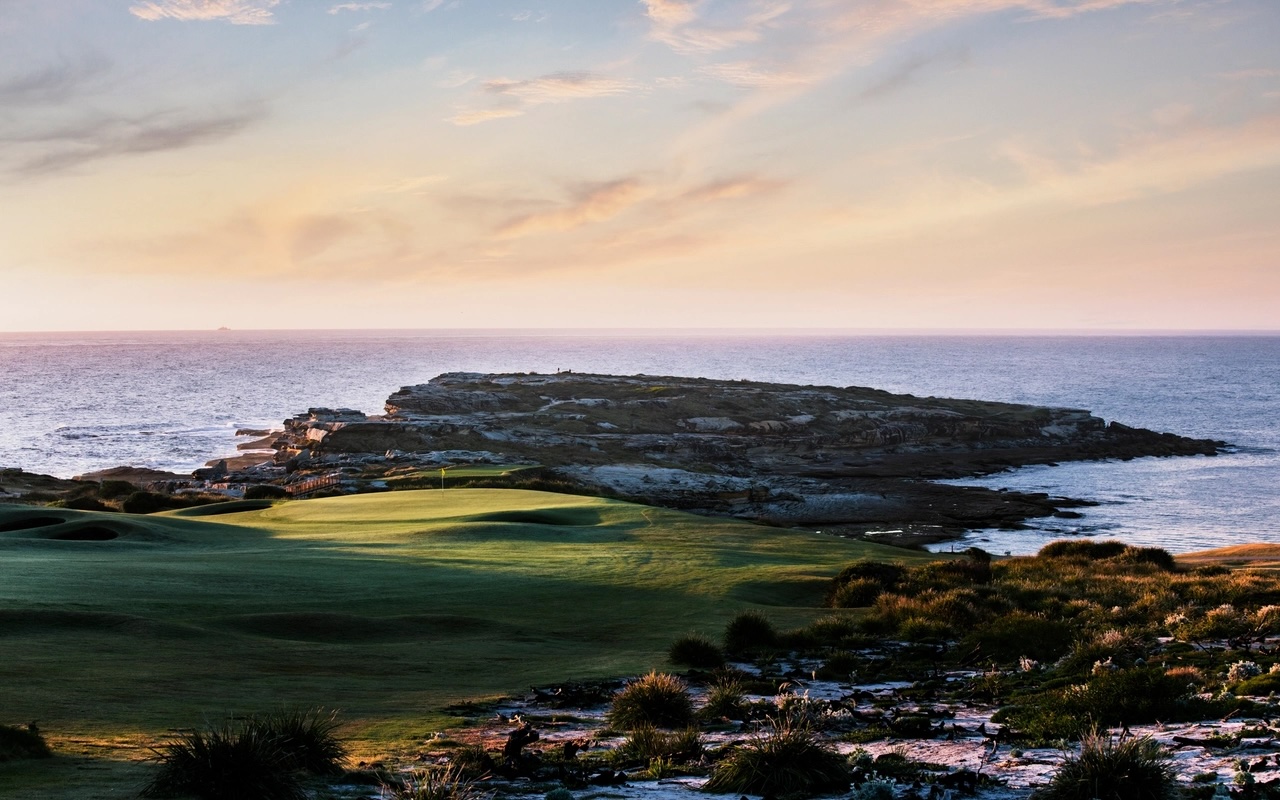How to Gameplan Your Office Days: An Guide to Hybrid Work
What days in the office will get you the most face time with senior leaders
Pre-pandemic, you were often the first to arrive in the office and the last to leave. So how, as an overachieving employee, can you make the most out of the new, hybrid workweek?
The rules for maximising office face time with the bosses are about to get more complicated as many companies gear up to reopen offices in the coming months. With Covid-19 cases back on the rise and many employees uneager to give up remote work entirely, many employers plan to let staff decide what days—and how many—they come into the office. For the ambitious worker, that means strategizing what in-office days will get you noticed the most and how to maximize the time to your career’s advantage.
The consensus among many managers and leadership coaches for companies where showing up to the office matters: Tuesdays, Wednesdays and Thursdays are shaping up to be peak office face time days. Mondays are for those looking for an extra jump on colleagues in getting more alone-time with senior leaders—though it isn’t a sure thing those managers will always be there. Fridays are arguably the most negligible, but a jackpot office day if it is just you and the top boss.
Or, you could follow this basic rule: “Your boss’s schedule is your schedule,” says Peter Cappelli, a management professor at the University of Pennsylvania’s Wharton School.
Another strategy, he adds, is to simply come in as much as possible. Though many companies say they are letting workers keep some degree of flexibility, it is inevitable that employees with the most in-person access to leaders will get the first crack at promotions, Mr. Cappelli argues. In a hybrid work world, those coming in as much as possible have another advantage: Plenty of co-workers will still be away.
“It’s better that other people are not there and you’re not fighting for attention,” he says. That is particularly the case if you tend to be more introverted. “You don’t have to go out of the way to make contact” with higher-ups, he says.
Others argue the old maxims of office face time no longer apply. To show off your talent and skills in person, it is better for employees to coordinate office appearances with their teams for optimal collaboration, rather than show up on their own schedules, says Cali Yost, the chief executive and founder of workplace-consulting company Flex+Strategy Group.
“Your success should be coordinating with everyone else,” she says. “An overachiever is defined differently as we move into the future. It’s not going to be who comes on site every day but the person who can work and lead effectively across different places and spaces effectively.”
Some companies aren’t leaving what days employees come into the office to individual ambition. Apple Inc.’s initial reopening plans called for most office workers to show up Mondays, Tuesdays and Thursdays, with the option to work remotely on Wednesdays and Fridays. Those plans, first set for September, then pushed to October, have now been delayed until at least January because of the fast-spreading Delta variant. Salesforce.com Inc. discovered, after reopening its Sydney office, that Thursdays emerged as the most popular day for people to come in.
“Thursday’s the new Monday,” says Brent Hyder, the company’s chief people officer.
Mastering the hybrid workweek also isn’t just about the days you come in, but how effectively you use them, says Tsedal Neeley, a professor at Harvard Business School and author of the book “Remote Work Revolution.”
“It’s not just looking at people’s calendars and trying to run into them,” says Ms. Neeley, who argues that Thursdays—as the week’s work comes to a head—are likely to become the most popular in-office day in many workplaces. “You want to coordinate activities for the week whenever you have in-office days,” she says. That means using the days to set up coffee chats with managers, power lunches and project powwows with co-workers.
Francis Ndicu, a 26-year-old product manager at marketing-and-sales platform provider HubSpot Inc., went to the company’s Cambridge, Mass., office every day but Friday when it reopened in early July. By coming in more often than some team members, Mr. Ndicu says he was able to network with more leaders from other parts of the company he wouldn’t normally work with. To maximize the office time, Mr. Ndicu says he never eats lunch alone.
“Getting that face time, it’s a visual reminder you exist in the company outside of your team,” says Mr. Ndicu, who has since cut his office days to Wednesdays and Thursdays because of the Delta variant. “The next time they are thinking about a new project, you’re closer to the top of their mind than others.”
Keith Ferrazzi, an executive coach and author of “Leading Without Authority,” recommends scheduling 15-minute coffee breaks with the boss and other senior managers each week. Use the time to talk about your accomplishments while you were working remotely or to ask about side projects you could help with, he suggests. It is also a good opportunity to ask more personal questions—such as, how the children are doing—that can be neglected in a virtual setting, he says.
“If you’re really a go-getter, you want to do this for other people around the organization,” he said. “You can just ask for career advice or say, ‘Hey I’d love to have 15 minutes with you just make sure I’m aligning my thinking with your goals for the company.’ ”
Reprinted by permission of The Wall Street Journal, Copyright 2021 Dow Jones & Company. Inc. All Rights Reserved Worldwide. Original date of publication: August 23, 2021
 Copyright 2020, Dow Jones & Company, Inc. All Rights Reserved Worldwide. LEARN MORE
Copyright 2020, Dow Jones & Company, Inc. All Rights Reserved Worldwide. LEARN MORE
This stylish family home combines a classic palette and finishes with a flexible floorplan
Just 55 minutes from Sydney, make this your creative getaway located in the majestic Hawkesbury region.
Continued stagflation and cost of living pressures are causing couples to think twice about starting a family, new data has revealed, with long term impacts expected
Australia is in the midst of a ‘baby recession’ with preliminary estimates showing the number of births in 2023 fell by more than four percent to the lowest level since 2006, according to KPMG. The consultancy firm says this reflects the impact of cost-of-living pressures on the feasibility of younger Australians starting a family.
KPMG estimates that 289,100 babies were born in 2023. This compares to 300,684 babies in 2022 and 309,996 in 2021, according to the Australian Bureau of Statistics (ABS). KPMG urban economist Terry Rawnsley said weak economic growth often leads to a reduced number of births. In 2023, ABS data shows gross domestic product (GDP) fell to 1.5 percent. Despite the population growing by 2.5 percent in 2023, GDP on a per capita basis went into negative territory, down one percent over the 12 months.
“Birth rates provide insight into long-term population growth as well as the current confidence of Australian families,” said Mr Rawnsley. “We haven’t seen such a sharp drop in births in Australia since the period of economic stagflation in the 1970s, which coincided with the initial widespread adoption of the contraceptive pill.”
Mr Rawnsley said many Australian couples delayed starting a family while the pandemic played out in 2020. The number of births fell from 305,832 in 2019 to 294,369 in 2020. Then in 2021, strong employment and vast amounts of stimulus money, along with high household savings due to lockdowns, gave couples better financial means to have a baby. This led to a rebound in births.
However, the re-opening of the global economy in 2022 led to soaring inflation. By the start of 2023, the Australian consumer price index (CPI) had risen to its highest level since 1990 at 7.8 percent per annum. By that stage, the Reserve Bank had already commenced an aggressive rate-hiking strategy to fight inflation and had raised the cash rate every month between May and December 2022.
Five more rate hikes during 2023 put further pressure on couples with mortgages and put the brakes on family formation. “This combination of the pandemic and rapid economic changes explains the spike and subsequent sharp decline in birth rates we have observed over the past four years,” Mr Rawnsley said.
The impact of high costs of living on couples’ decision to have a baby is highlighted in births data for the capital cities. KPMG estimates there were 60,860 births in Sydney in 2023, down 8.6 percent from 2019. There were 56,270 births in Melbourne, down 7.3 percent. In Perth, there were 25,020 births, down 6 percent, while in Brisbane there were 30,250 births, down 4.3 percent. Canberra was the only capital city where there was no fall in the number of births in 2023 compared to 2019.
“CPI growth in Canberra has been slightly subdued compared to that in other major cities, and the economic outlook has remained strong,” Mr Rawnsley said. “This means families have not been hurting as much as those in other capital cities, and in turn, we’ve seen a stabilisation of births in the ACT.”
This stylish family home combines a classic palette and finishes with a flexible floorplan
Just 55 minutes from Sydney, make this your creative getaway located in the majestic Hawkesbury region.






















